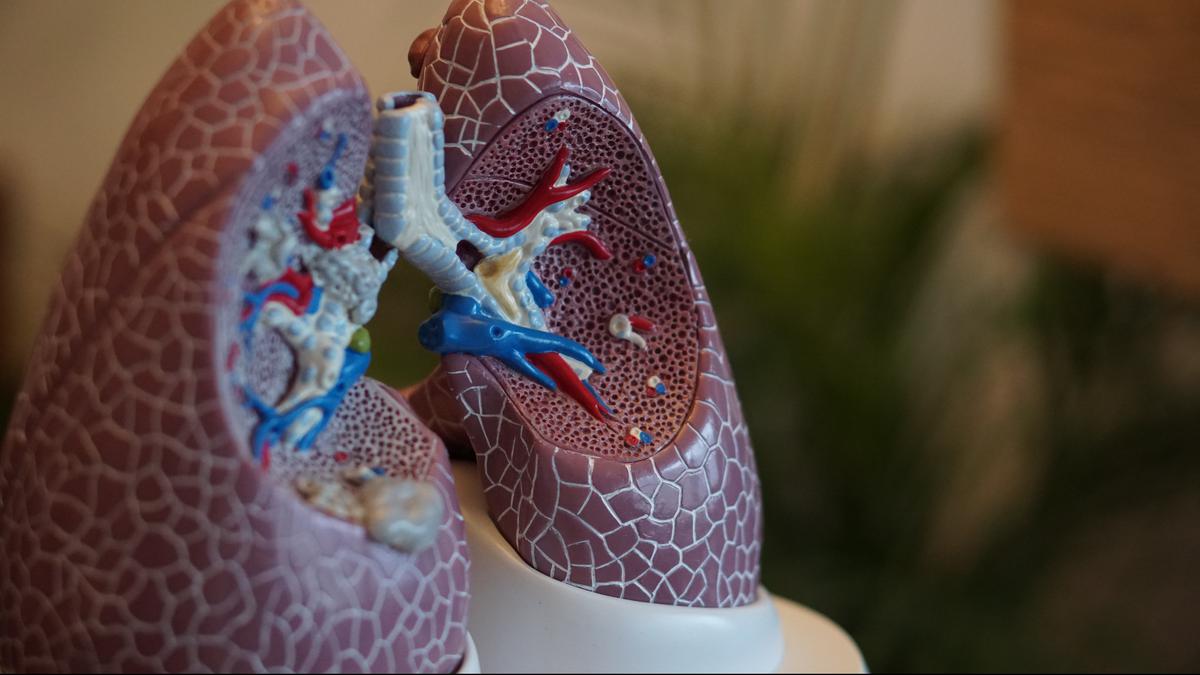
Older people exhale exponentially more aerosol particles, study says Premium
The Hindu
In the early days of the COVID-19 pandemic, there was considerable debate over whether aerosols helped the virus move through the air. The new findings suggest disease-transmission models may have to account differently for younger and older people.
Scientists have reported that healthy people emit exponentially more aerosol particles from their lungs as they age, both at rest and during exercise.
Older studies had shown that the amount of aerosol particles that people of all ages emitted increased by more than 100-fold from rest to intense exercise. But they investigated the effect of factors such as age, sex, and body mass index only at rest and without considering ventilation.
In an aerosol, very fine solid or liquid particles are suspended in a fluid. For example, air that contains PM2.5 particulate matter can be considered an aerosol.
The new study, published in the Proceedings of the National Academy of Sciences on May 22, 2023, was conducted by a team led by Henning Wackerhage, a professor of exercise biology at the Technical University of Munich, and Christian Kähler, director of the Institute of Fluid Mechanics and Aerodynamics at the University der Bundeswehr (UniBw), Munich.
The researchers split the study’s 80 participants into groups based on their ages. Then, they studied air samples that the people in each group exhaled as they performed physical exercises that took them to exhaustion.
They developed an apparatus that first filtered out aerosols in the ambient air, the air the participants breathed. Then, the participants inhaled the purified air through a mask that covered the mouth and the nose.
Next, the intensity of their exercise increased gradually. The masks that the participants wore were connected to a valve through which only the air they exhaled could escape.











